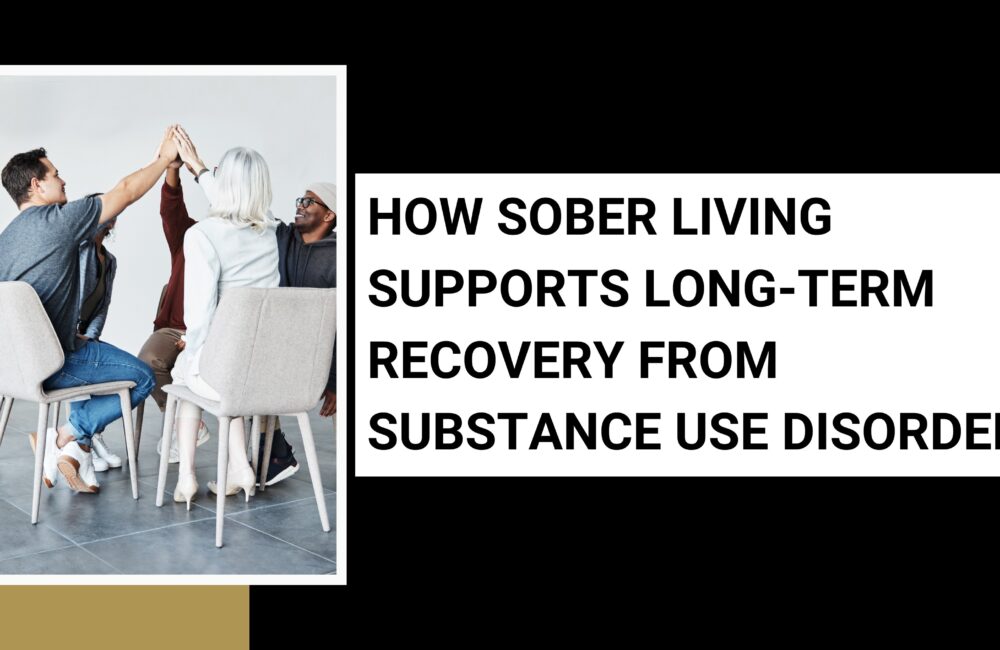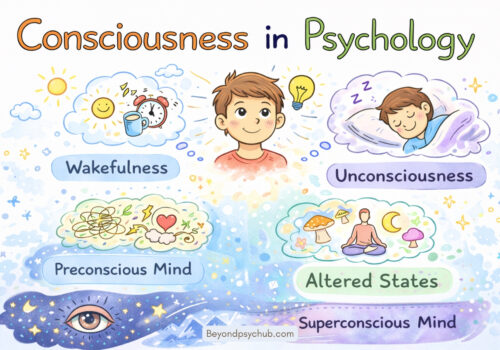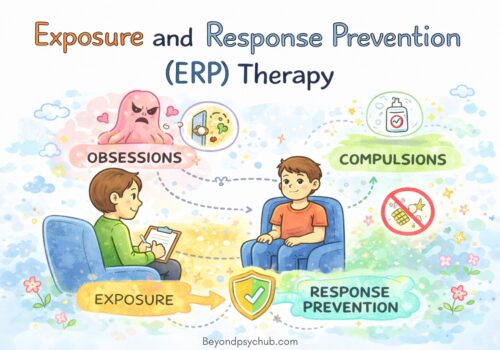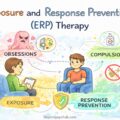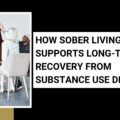Transitioning from rehab to everyday life can be both hopeful and daunting. Many individuals face the challenge of maintaining sobriety outside the structured environment of treatment. Sober living for long-term recovery offers a proven solution, providing the structure, accountability, and support necessary to sustain recovery from substance use disorder. This comprehensive guide explores how sober living homes empower individuals to build fulfilling, substance-free lives and why they are a cornerstone of modern recovery strategies.
What is Sober Living?
Sober living homes are transitional residences designed for individuals committed to substance use disorder recovery. Unlike inpatient rehab, sober living environments simulate real-world conditions while offering a supportive, substance-free setting. Residents benefit from a blend of independence and structure, allowing them to practice new coping skills, rebuild relationships, and reintegrate into society at their own pace.
Features of Sober Living Homes:
Sober living homes provide a supportive, recovery-focused environment where structure and community play a vital role. Residents follow daily routines that help build consistency, while peer support creates a sense of belonging and shared accountability. Most homes also offer access to valuable resources like job assistance, support groups, and counseling services, all of which contribute to long-term stability.
Sober Living vs. Halfway House
What’s the Difference and Which One’s Right for You?
Selecting the appropriate environment is crucial for ongoing recovery. While both options offer transitional housing, their structures and objectives differ.
- Sober living homes and halfway houses both support people in recovery, but they differ in structure and purpose. Sober living is usually voluntary and designed for those who have completed treatment and want continued support. These homes offer flexibility and a peer-driven environment, allowing residents to stay for extended periods often over six months.
- In contrast, halfway houses are often court-mandated and follow stricter rules. The stays are typically shorter, with a focus on reintegrating individuals into society under supervision. Peer support is central in sober living, while halfway houses may not emphasize community bonding as much.
Sober living homes are ideal for individuals seeking a flexible, supportive environment focused on long-term growth and personal responsibility.
The Benefits of Sober Living for Long-Term Recovery
1. Accountability and Daily Structure
Sober living homes require residents to follow house rules, attend meetings, and participate in household responsibilities. This structure fosters discipline and helps individuals establish routines that support sobriety.
Research indicates that those in structured sober living have an abstinence rate of 40–45% at 18 months, compared to 25% for those without such support.
2. Peer Support and Community
Living with others who share recovery goals creates a strong sense of belonging and mutual encouragement. Peer-driven accountability is a powerful motivator for maintaining sobriety.
90% of residents achieve financial independence while in sober homes, demonstrating the role of the community in recovery success.
3. Reduced Exposure to Triggers
By providing a safe, substance-free environment, sober living homes minimize exposure to high-risk situations and triggers, allowing residents to practice new coping strategies in a supportive setting.
Residents who stay at least six months report significantly higher abstinence and lower relapse rates.
4. Gradual Reintegration into Society
Sober living enables individuals to return to work, pursue education, and rebuild relationships at their own pace, with support available to navigate challenges as they arise.
5. Access to Recovery Resources
Many sober living homes offer connections to counseling, job training, and support groups, making it easier to sustain progress and address the multifaceted challenges of recovery.
What Does a Typical Day in a Sober Living Home Look Like?
A day in sober living balances structure with personal freedom. In the morning, residents usually check in with housemates, set goals, and complete small chores. The afternoon might include job hunting, attending school, or working. Evenings often involve support group meetings, cooking or eating meals together, and relaxing with others.
This simple routine helps keep recovery front and center, while also teaching valuable life skills. Over time, these habits become part of a healthy, sober lifestyle.
How Sober Living Helps You Stay Strong and Avoid Relapse
Relapse is a common challenge, with 40–60% of individuals in recovery experiencing it without ongoing support. Sober living homes address this risk through:
- Safe, substance-free environments that reduce temptation
- Regular accountability via meetings and peer check-ins
- Participation in 12-step programs and other peer support groups
- Practical coping strategies for managing stress and triggers
How Long Should You Remain in Sober Living?
The length of stay can vary based on personal needs, but longer is often better. Most experts recommend a minimum of 90 days, but research shows that people who stay between 5 to 8 months have the best outcomes. Some may stay even longer if they need continued support.
The bottom line: recovery isn’t a race. The more time someone spends building strong habits in a safe place, the better prepared they’ll be for life outside.
Who Benefits Most from Sober Living?
Sober living is particularly effective for:
- Individuals recently completing inpatient or outpatient rehab
- Those lacking a stable, substance-free home environment
- People seeking additional accountability and community support
- Individuals who have experienced relapse and need a fresh start
Sober living is best suited for those committed to recovery and open to engaging in a supportive, structured community.
How to Choose the Right Sober Living Home
Not all sober homes are the same. Here’s how to find one that fits your needs:
Start by thinking about what kind of support you need: do you want access to therapy, job assistance, or more structure? Then research homes in your area.
Visit in person if possible, and talk to the staff to ask about daily routines and house rules. Don’t be afraid to ask for reviews or talk to past residents.
A good sober home should have:
- Clear rules and expectations
- A supportive and clean environment
- Experienced or peer-led staff
- Access to counseling, job help, or support groups
- Positive feedback from others in recovery
Sober Living and Employment Reintegration
A critical aspect of long-term recovery is rebuilding a sense of purpose and financial stability. Sober living homes often support employment reintegration by:
- Providing job search resources and resume assistance
- Encouraging participation in educational or vocational programs
- Fostering a daily routine that accommodates work or study
Sober Living and Mental Health Recovery
Substance use disorder recovery is closely linked to emotional and mental health. Sober living homes support mental wellness by:
- Facilitating access to counseling and therapy
- Creating a community where residents can share experiences and challenges
- Encouraging participation in mindfulness, CBT, or other evidence-based practices
Integrated care that addresses both substance use and mental health is associated with better long-term outcomes and reduced relapse risk.
Overcoming Common Challenges in Early Recovery
The journey from treatment to independent sober living isn’t without its concerns. For many, the fear of relapse looms large. Sober living homes help ease this fear by offering consistent structure, peer support, and daily accountability all of which reduce the chances of returning to old habits.
Another common concern is the feeling of isolation. In early recovery, it’s easy to feel alone or misunderstood. But in a sober home, residents live alongside others who truly get it. This sense of shared experience builds meaningful connections that foster hope and motivation.
There’s also uncertainty about what comes next. After rehab, many people worry about how to re-enter the real world and maintain their progress. Sober living bridges that gap by offering guidance, routine, and a safe place to rebuild life skills at a steady pace.
Lastly, financial strain can feel like a barrier, but it doesn’t have to be. Many sober living programs are designed to be affordable, with sliding scale fees or insurance options that make support more accessible for a range of individuals.
Conclusion:
Sober living for long-term recovery is more than just a place to stay; it is a launchpad for a new life. With structure, accountability, and genuine community, individuals can build the skills and confidence needed for lasting sobriety. Recovery is a journey, not a destination. Support, hope, and a future free from addiction are within reach.
Explore resources, connect with support, or find the right sober living home for your needs. Your future starts today.
Frequently Asked Questions (FAQs)
How long should someone stay in a sober living house?
Experts recommend a minimum of 90 days, but most benefit from longer stays, on average 166–254 days, for the best chance at lasting sobriety.
Can sober living homes help prevent relapse?
Yes. Sober living homes offer structure, accountability, and peer support, all shown to reduce relapse rates and support long-term recovery.
How does sober living promote accountability?
Through house rules, regular meetings, and peer support, sober living homes create a culture of mutual responsibility that helps residents stay on track.
Is sober living necessary after rehab?
While not required for everyone, sober living is highly recommended for those needing extra support and structure after treatment.
Does sober living support mental health recovery?
Yes. Sober living homes provide emotional support, access to counseling, and a community that fosters both mental and physical well-being.
Author Bio:
Derek Eckley, a New Jersey native, overcame a decade-long battle with addiction and now mentors young men in recovery. Drawing from his own experience, he guides them through early sobriety challenges, emphasizing discipline, accountability, and 12-step involvement. Passionate about rebuilding lives, he helps others navigate relationships, careers, and lasting recovery.


